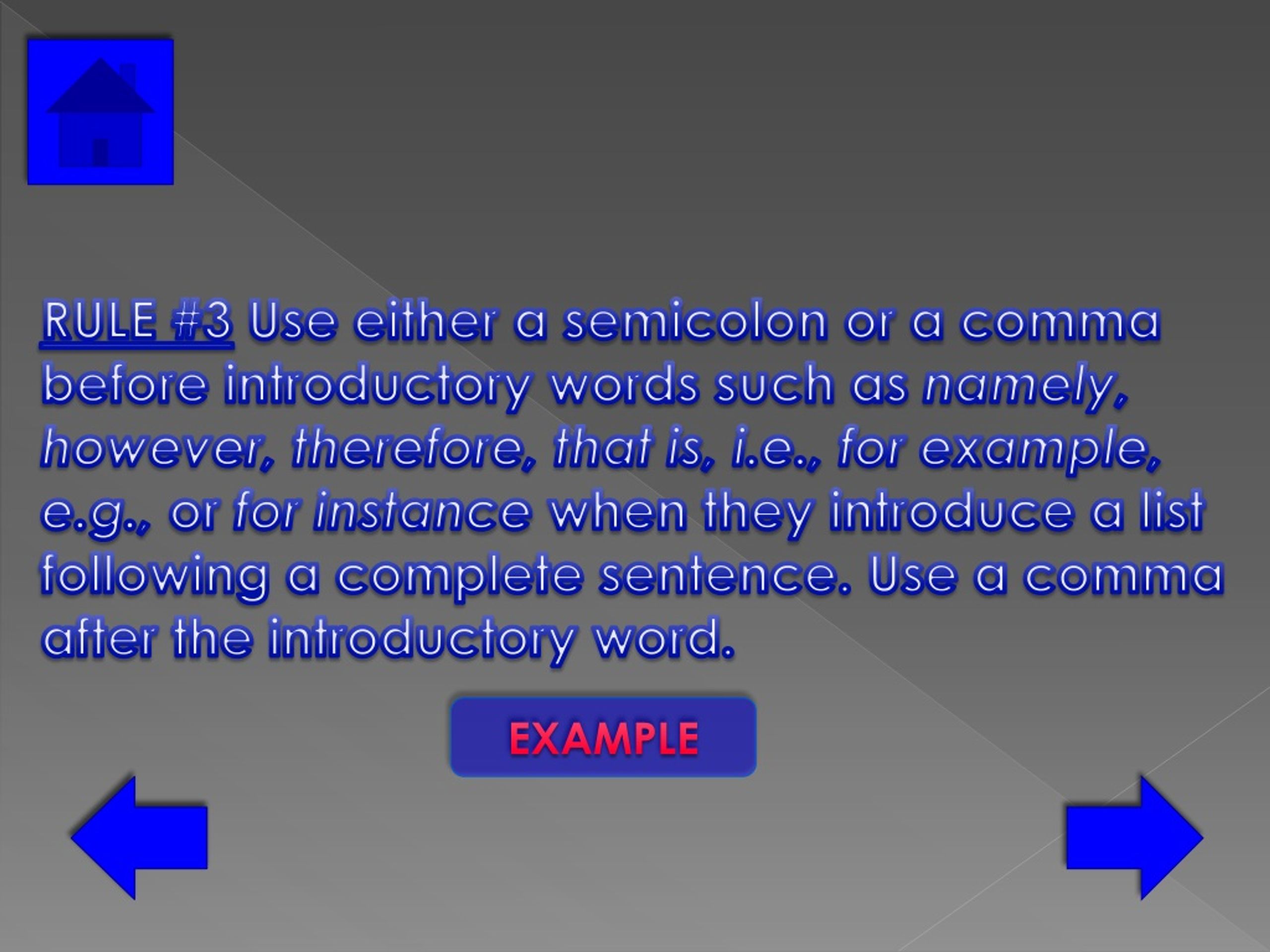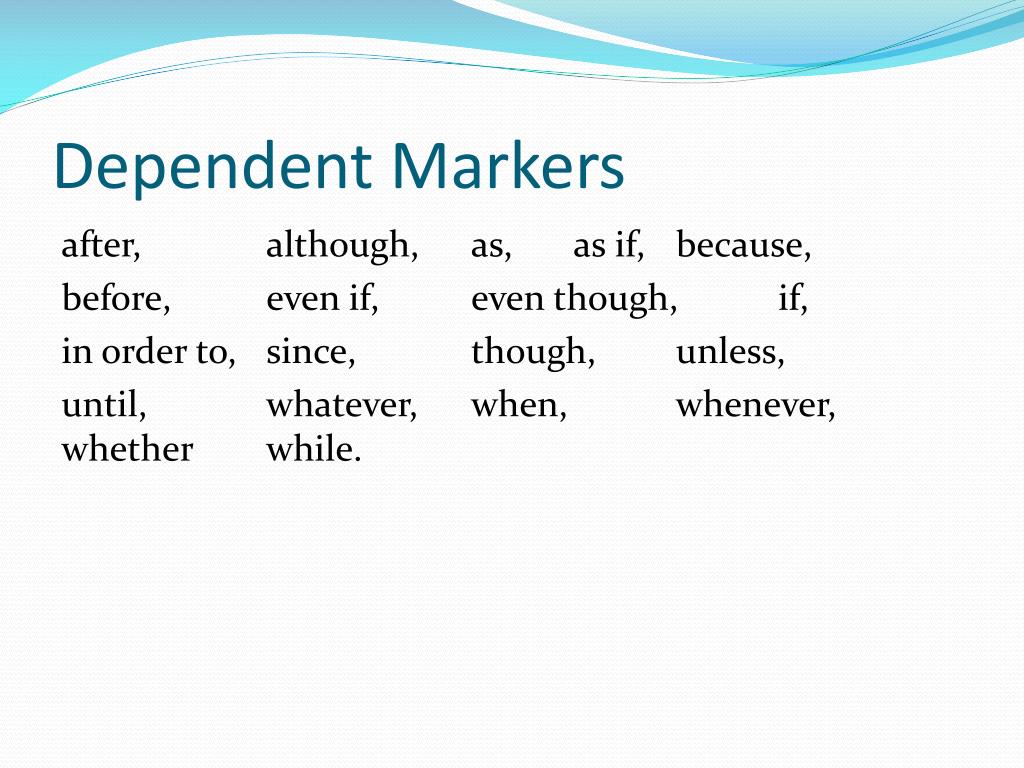


It can lead to a train wreck like this:Įxample: Mark Twain’s book, Tom Sawyer, is a delight.īecause of the commas, that sentence states that Twain wrote only one book. In the second sentence, Bill is nonessential information-whom else but Bill could I mean?-hence the commas.Ĭomma misuse is nothing to take lightly. Why? In the first sentence, Bill is essential information: it identifies which of my two (or more) brothers I’m speaking of. as semi-colon or comma between the words Computers of all kinds namely. 4 The incorrect way of placing a comma after hence.

3.3 When hence is used after a semicolon. 3.2 When hence is used as the last word in a mid-sentence parenthesis. 3.1 When hence is used as the only introductory element. The commas in the second sentence mean that Bill is my only brother. The difficulty is caused mainly by the punctuation, viz. 3 Punctuating hence with an after-comma in ample detail. Now, see how adding two commas changes that sentence’s meaning:Ĭareful writers and readers understand that the first sentence means I have more than one brother. Use either a semicolon or a comma before introductory words such as namely, for example, however, therefore, that is, i.e., e.g., or for instance, when they. We do not know which boy is meant without further description therefore, no commas are used. is followed by a period and should be set off from the surrounding sentence by commas. The boy who has a limp was in an auto accident. In British English, we do not generally use a listing comma after the penultimate. If we already know which Freddy is meant, the description is not essential. If something or someone is sufficiently identified, the description that follows is considered nonessential and should be surrounded by commas.įreddy, who has a limp, was in an auto accident.


 0 kommentar(er)
0 kommentar(er)
